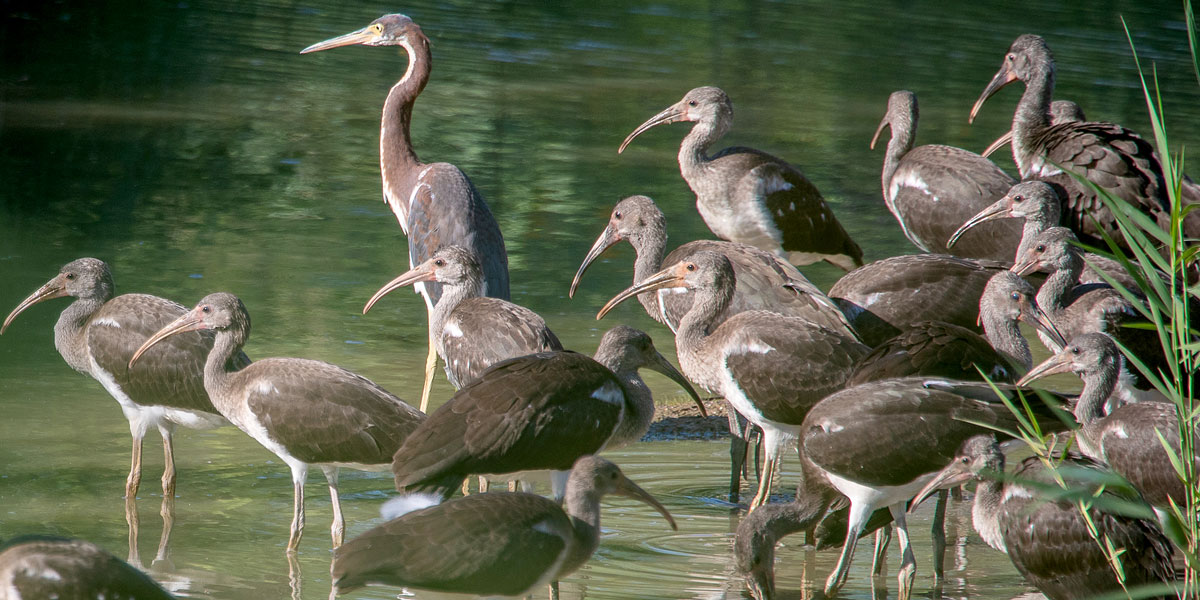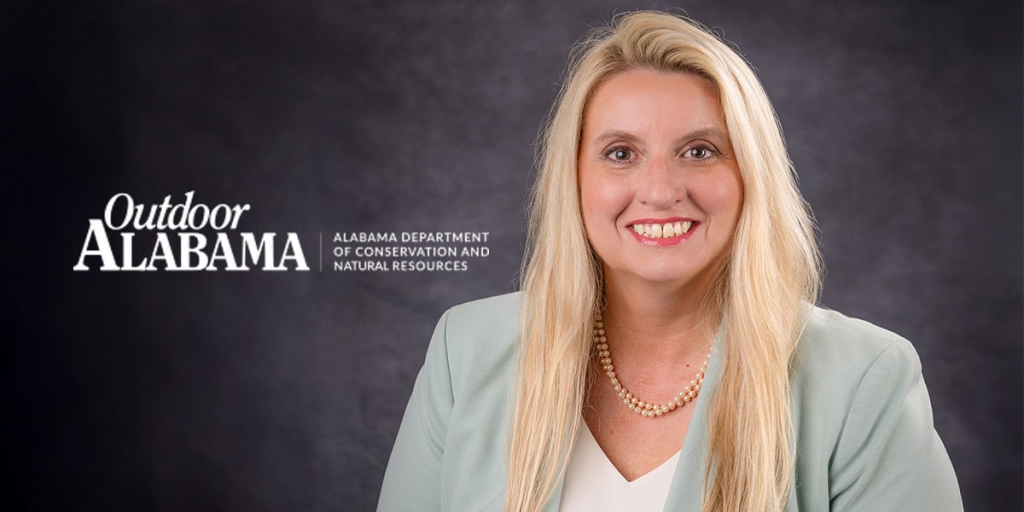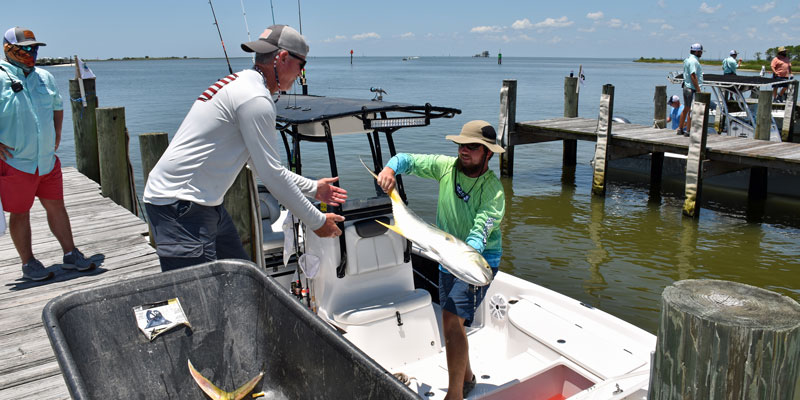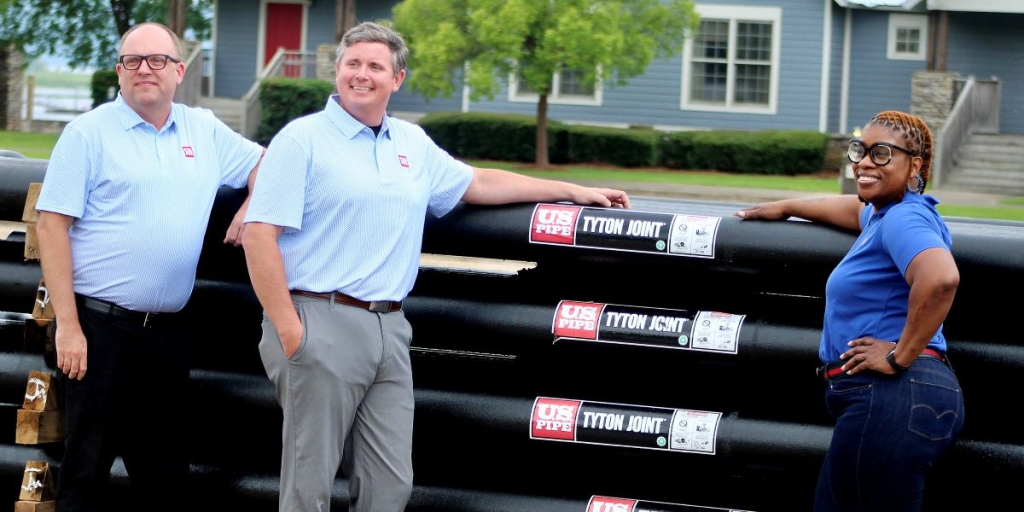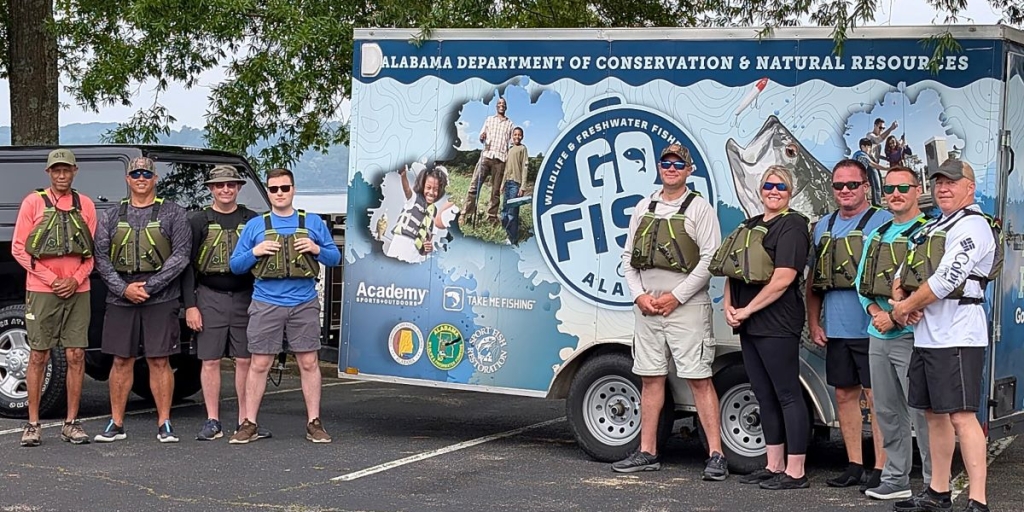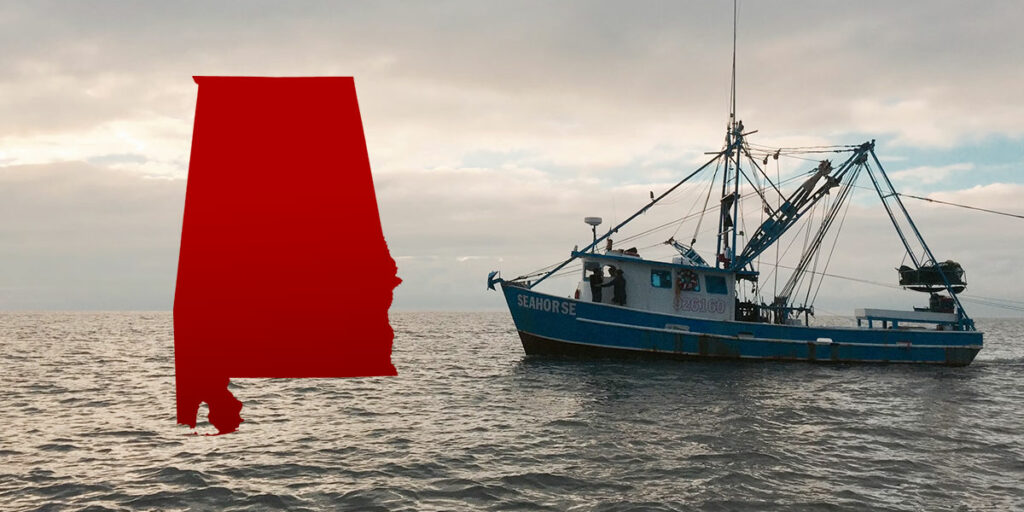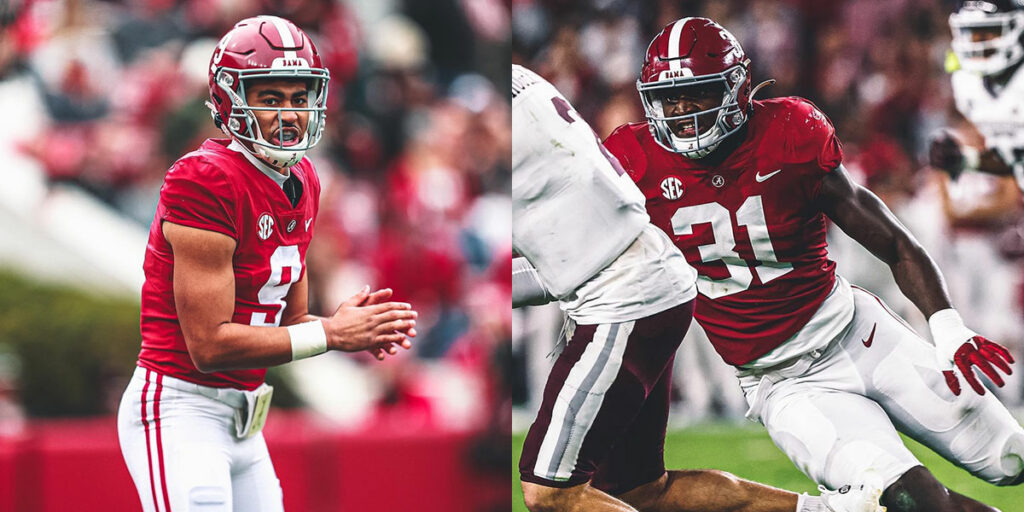The final phase of funding from the National Fish and Wildlife Foundation-Gulf Environmental Benefit Fund (NFWF-GEBF) has been approved for projects in Alabama to mitigate the 2010 Deepwater Horizon Oil Spill.
Alabama Gov. Kay Ivey hailed the funding of the projects that total more than $47 million.
“As we celebrate Alabama’s 2022 slate of NFWF projects and announce the final allocation of Alabama’s portion of the Gulf Environmental Benefit Funds (GEBF), we recognize another landmark in Alabama’s recovery from the Deepwater Horizon oil spill disaster,” Ivey said recently. “The $356 million awarded to Alabama in criminal fines, managed by NFWF and implemented by the Alabama Department of Conservation and Natural Resources (ADCNR), funded some of the first Deepwater Horizon Restoration Projects in Coastal Alabama.
“Together, these investments tell a story of significant accomplishments that will go a long way in protecting Alabama’s diverse coastal ecosystem for decades to come. Whether it be our investments into maintaining the coastal reefs that support our thriving red snapper fishery or our land conservation efforts to protect game and non-game species in places like the Perdido River Corridor, Fort Morgan Peninsula and the Grand Bay Savanna, there is no doubt Alabama has made the absolute most of these funds.”
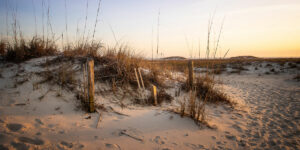
The most recent projects include Phase II of the Dauphin Island East End Restoration with an allocation of $26,066,000.
The construction component of the Dauphin Island project will restore approximately 1.5 miles of beach shoreline and approximately 85 acres of beach and dune habitat on this crucial 14-mile barrier island that protects a portion of the Alabama Gulf Coast. The tentative plan is to renourish and extend the 2015-2016 beach restoration project to provide healthy beaches and dunes.
The East End beach protects the Audubon Bird Sanctuary and other upland resources from beach erosion from storms. Sand has migrated to the west, which has caused wider downdrift beaches and growth of a sand spit south of the Isle Dauphine Golf Course. The project will protect an additional 50 acres of beach and dune habitat as well as a maritime forest and a freshwater lake within the Dauphin Island East End Bird Sanctuary.
These habitats provide important foraging and nesting habitat for migratory and beach-nesting birds. The island is a significant trans-Gulf migratory bird stopover. Dauphin Island also protects valuable habitat for marine resources that include fisheries, oysters and seagrass beds in Mississippi Sound and lower Mobile Bay. To date, NFWF has awarded nearly $70 million in GEBF funds to nearly a dozen projects to enhance and protect this vital island.
The Gulf Highlands Conservation Acquisition project received $8.2 million in additional funding to expand the project footprint to include the adjacent Beach Club West property. The goal of the entire project is to acquire, conserve and manage the largest privately held, undeveloped Gulf frontage beach and dune habitat.
This habitat will benefit nesting sea turtles, migratory birds and shorebirds, and the endangered Alabama beach mouse. The purchase of this property will also prevent the likely development on the property of a residential condominium complex.
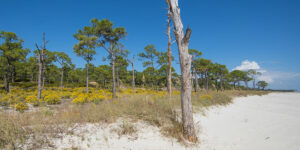
Phase II of the Lower Fish River Watershed Restoration received slightly more than $9 million in funding to continue the work of Phase I by implementing designs to reduce the sediment and nutrients that flow into Weeks Bay, which will improve the water quality and benefit the bay habitat. Severe erosion and nutrient enrichment have impacted tributaries within the Lower Fish and Magnolia River watersheds; this has negatively impacted seagrass beds and oyster reef habitats.
Phase II of the Wolf and Sandy Creek Headwaters Restoration received $2.788 million for stream restoration, bank stabilization, invasive species removal and monitoring and adaptive management. To reduce sediment runoff into Wolf Bay, the project will restore nearly a half-mile of instream habitat and 50 acres of wetlands through invasive species removal.
Wolf Bay is an important habitat for juvenile fish, shellfish and oysters, and the project will restore habitat as well as water quality degraded from nutrients, erosion and sedimentation. The three project areas are the stretch of Wolf Creek north of the OWA property that proceeds to the Beach Express, an area near Swift Church Road and Hilltop Lane, and along Sandy Creek in the western section of Foley near U.S. 98.
A $1 million funding component will be used for Alabama Coastal Adaptive Management, which will be overseen by ADCNR for continued maintenance, repair, rehabilitation or replacement of active projects funded by GEBF, as well as for expanding the ecological benefits of the projects to ensure the long-term viability of these efforts during unforeseen changes.
Funding for these projects in Alabama brings the total awards from the GEBF fund to more than $356 million.
“I thank the National Fish and Wildlife Foundation for their partnership and dedication to the restoration and protection of Alabama’s natural resources and for their capable and dedicated management of the Gulf Environmental Benefit Fund,” Ivey said. “While this marks the completion of our allocation of the NFWF portion of the BP Settlement, our work continues to restore Coastal Alabama.”
Ivey recognized the efforts of Conservation Commissioner Chris Blankenship, Deepwater Horizon Restoration Coordinator Amy Hunter and the ADCNR staff in their work to provide benefits for the citizens and protect the natural resources of the Alabama Gulf Coast.
Hunter expressed pride in what ADCNR has been able to accomplish with the NFWF-GEBF projects.
“This milestone in DWH restoration project implementation offers us an opportunity to look at the benefits of a suite of projects across Coastal Alabama,” Hunter said. “When you consider things from a geographic standpoint, you see benefits to communities and places like Dauphin Island, Bayou la Batre, Wolf Bay and Weeks Bay. From a resource perspective, you see a snapshot of how improving water quality and protecting habitat combine to benefit fish and oyster populations. It is a privilege to do this work on behalf of the citizens of Alabama.
“I hope the benefits of this work and access to our natural resources will be enjoyed by future generations for a long time.”
Since the disastrous Deepwater Horizon oil spill, NFWF has made significant contributions to the long-term sustainability of critical coastal resources in Alabama.
The GEBF has invested more than $44 million in Alabama to bolster fish populations through habitat creation and improved monitoring and management. These projects have created more than 1,000 acres of reef habitat in Alabama coastal and offshore waters, including 800 acres of nearshore oyster reef and 250 acres of artificial reef habitat for red snapper and other reef fish species. The funding includes monitoring of fish populations off Alabama to benefit all fishing sectors – commercial, for-hire and private recreational.
Since the mitigation efforts began, the GEBF and the State of Alabama have leveraged other matching funds to support a total conservation impact of more than $555 million to benefit natural resources negatively affected by the 2010 oil spill. GEBF funding has also been used by ADCNR and its partners to acquire and permanently protect approximately 7,500 acres of important coastal habitat in Alabama.
One lesson learned from the Deepwater Horizon oil spill was the necessity to strengthen coastal resilience in a variety of ways, including shoreline restoration.
The western shore of Mobile Bay has averaged more than 2 feet of shoreline loss annually. Erosion caused by storms, marine traffic and natural degradation has caused an 11% decline in shoreline acreage since 2001.
Almost $120 million in GEBF funds have been used to support shoreline restoration to go with more than $20 million in NFWF’s Coastal Resilience funding to ensure Alabama’s beautiful coast will be minimally impacted due to storms or unexpected environmental threats.
Watershed restoration was another key component in the numerous NFWF projects, which included the help of the Mobile Bay National Estuary Program, which aided in identifying and prioritizing restoration activities to improve water quality along the coast.
Through a partnership with the U.S. Department of Agriculture’s Natural Resource Conservation Service, GEBF funding of $14.5 million has been used to work with farmers and ranchers in coastal Alabama to implement conservation easements and best management practices on more than 30,000 acres to enhance water quality and improve habitat.
David Rainer is an award-winning writer who has covered Alabama’s great outdoors for 25 years. The former outdoors editor at the Mobile Press-Register, he writes for Outdoor Alabama, the website of the Alabama Department of Conservation and Natural Resources.




